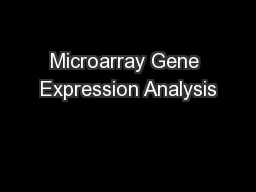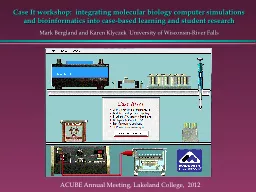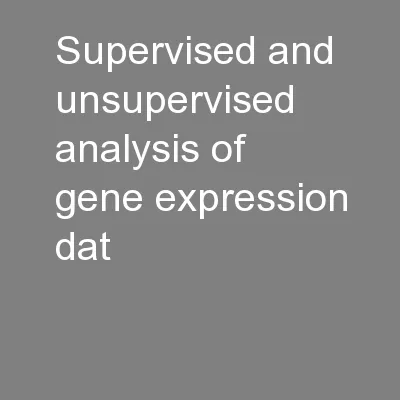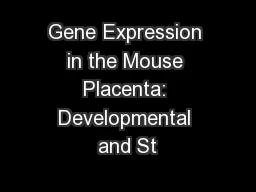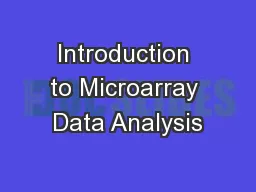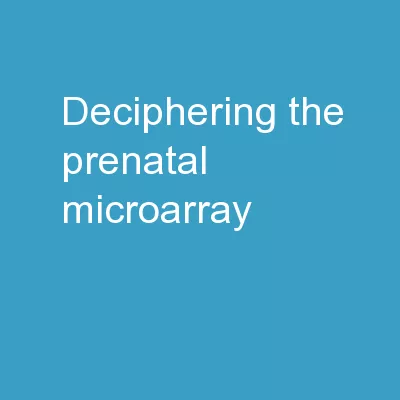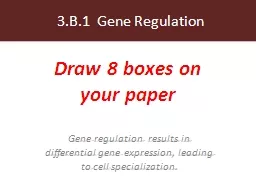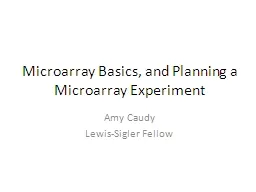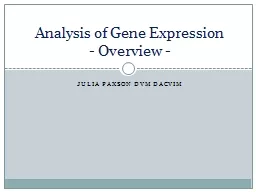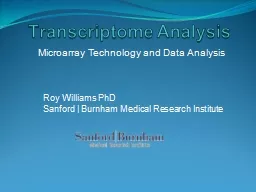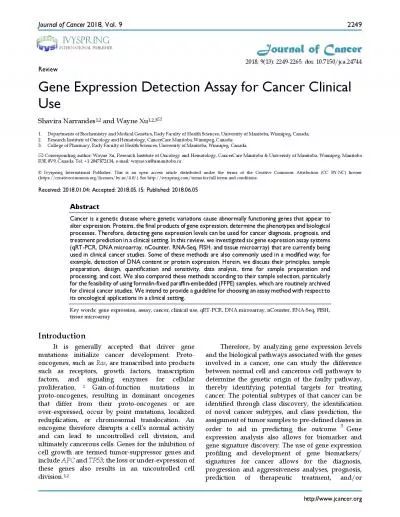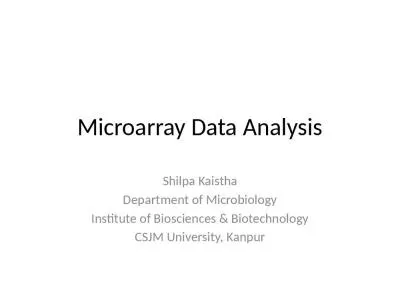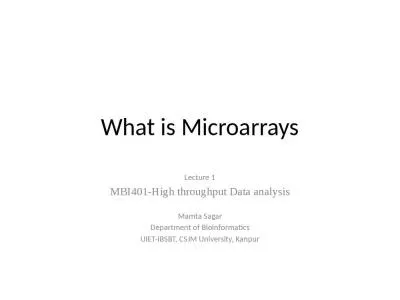PPT-Microarray Gene Expression Analysis
Author : tawny-fly | Published Date : 2017-08-10
Differential expression clustering networks and functional enrichment STEMREM 201 Fall 2012 Aaron Newman PhD 101712 A genomics approach to biology involves
Presentation Embed Code
Download Presentation
Download Presentation The PPT/PDF document "Microarray Gene Expression Analysis" is the property of its rightful owner. Permission is granted to download and print the materials on this website for personal, non-commercial use only, and to display it on your personal computer provided you do not modify the materials and that you retain all copyright notices contained in the materials. By downloading content from our website, you accept the terms of this agreement.
Microarray Gene Expression Analysis: Transcript
Download Rules Of Document
"Microarray Gene Expression Analysis"The content belongs to its owner. You may download and print it for personal use, without modification, and keep all copyright notices. By downloading, you agree to these terms.
Related Documents

